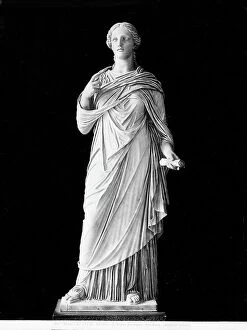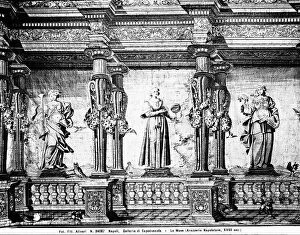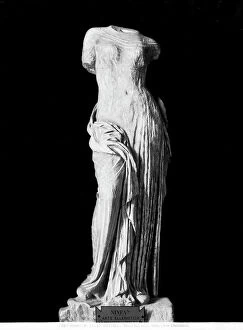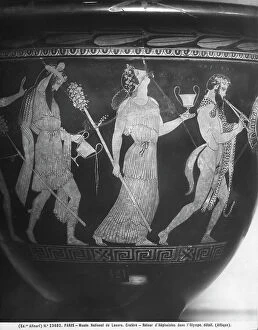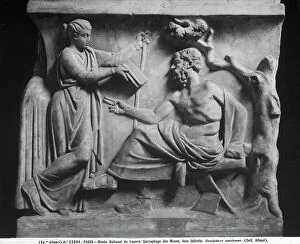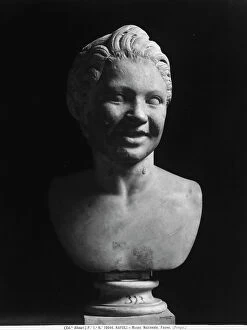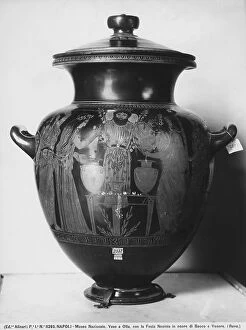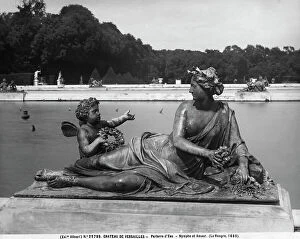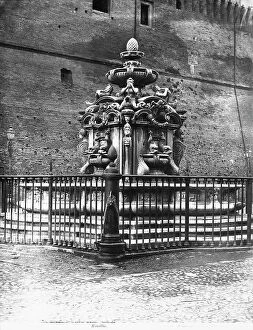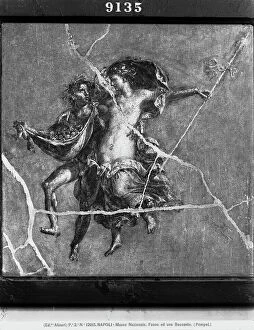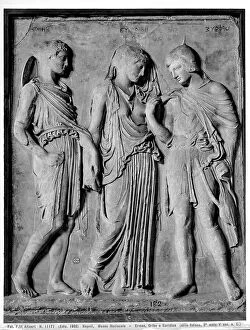Minor Divinity Collection (#8)
"Exploring the Divine: Unveiling the Minor Divinity in Florence's Piazza della Signoria" In the heart of Florence
For sale as Licensed Images
Choose your image, Select your licence and Download the media
"Exploring the Divine: Unveiling the Minor Divinity in Florence's Piazza della Signoria" In the heart of Florence, amidst the grandeur of marble and artistic masterpieces, lies a hidden realm of minor divinity. Amongst them, Hercules and Cacus stand tall, their statues by Baccio Bandinelli commanding attention in Piazza della Signoria. As if frozen in time, they mirror Michelangelo's David nearby, forming an intriguing juxtaposition that captivates onlookers. As you stroll through this enchanting square, adorned with vibrant flowers and plants, your gaze is drawn to "Ercole e Caco, " Bandinelli's masterpiece against a picturesque backdrop. The bronze statue of Neptune fountain also catches your eye as a young girl marvels at its magnificence. Venturing further into this divine world, you encounter frescoes from Pompeii depicting Silens engaging in revelry with satyrs while holding up theatrical masks – a testament to ancient Roman celebrations. Nearby is Pontormo's study for Vertumnus' figure; his drawing evokes curiosity about this lesser-known deity. The Uffizi Gallery beckons you next with Botticelli's iconic Primavera painting. Its intricate details reveal Flora amidst a tapestry of mythical figures and symbols representing rebirth and fertility. A Greek puteal adorned with Hermes carrying Dionysus to nymphs offers another glimpse into ancient mythology within Vatican City's museums. Delving deeper into these realms of divinity brings forth Bacchanals filled with fauns triumphantly carrying gods alongside musicians playing pan-pipes and tibias - an ode to joyous revelries celebrated throughout history. Giulio Romano's Apollo and the Muses painting adds yet another layer to this rich tapestry as creativity intertwines with divine inspiration. Florence embraces these minor deities within its embrace; they may not be widely known, but their presence is felt in every corner.



